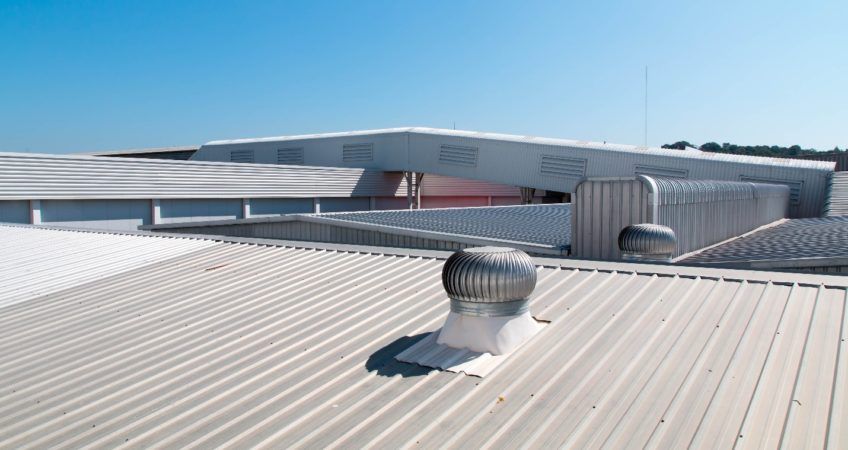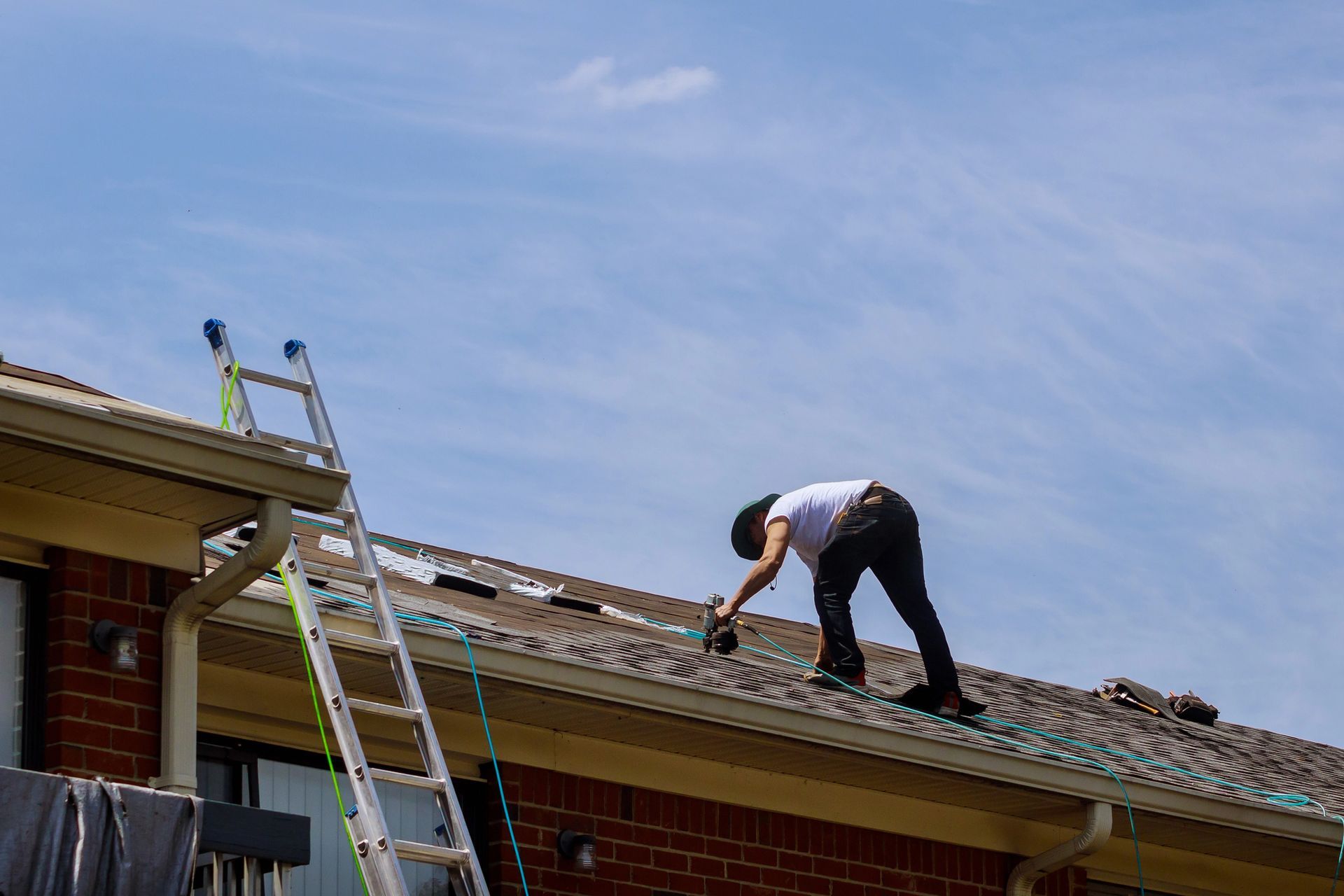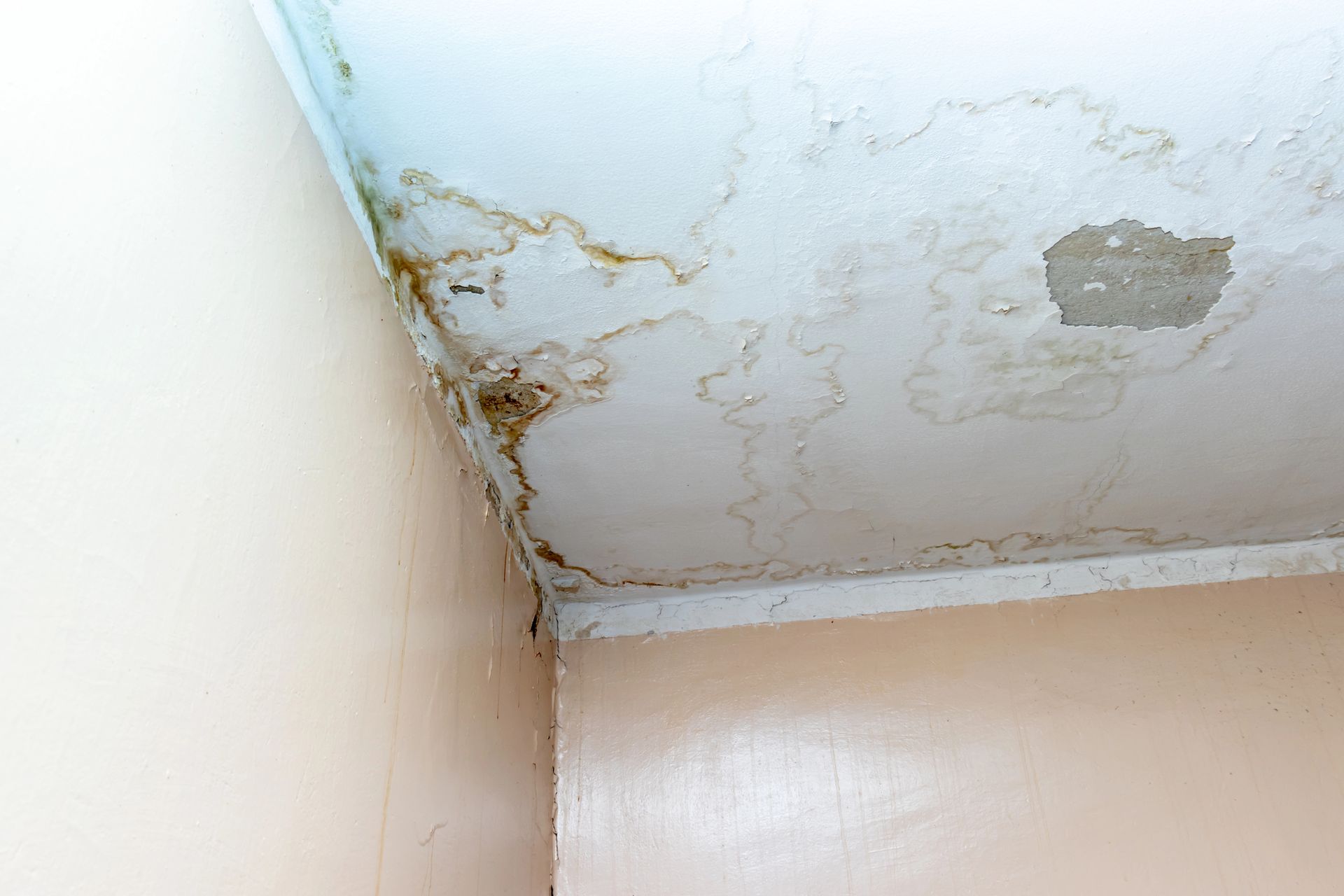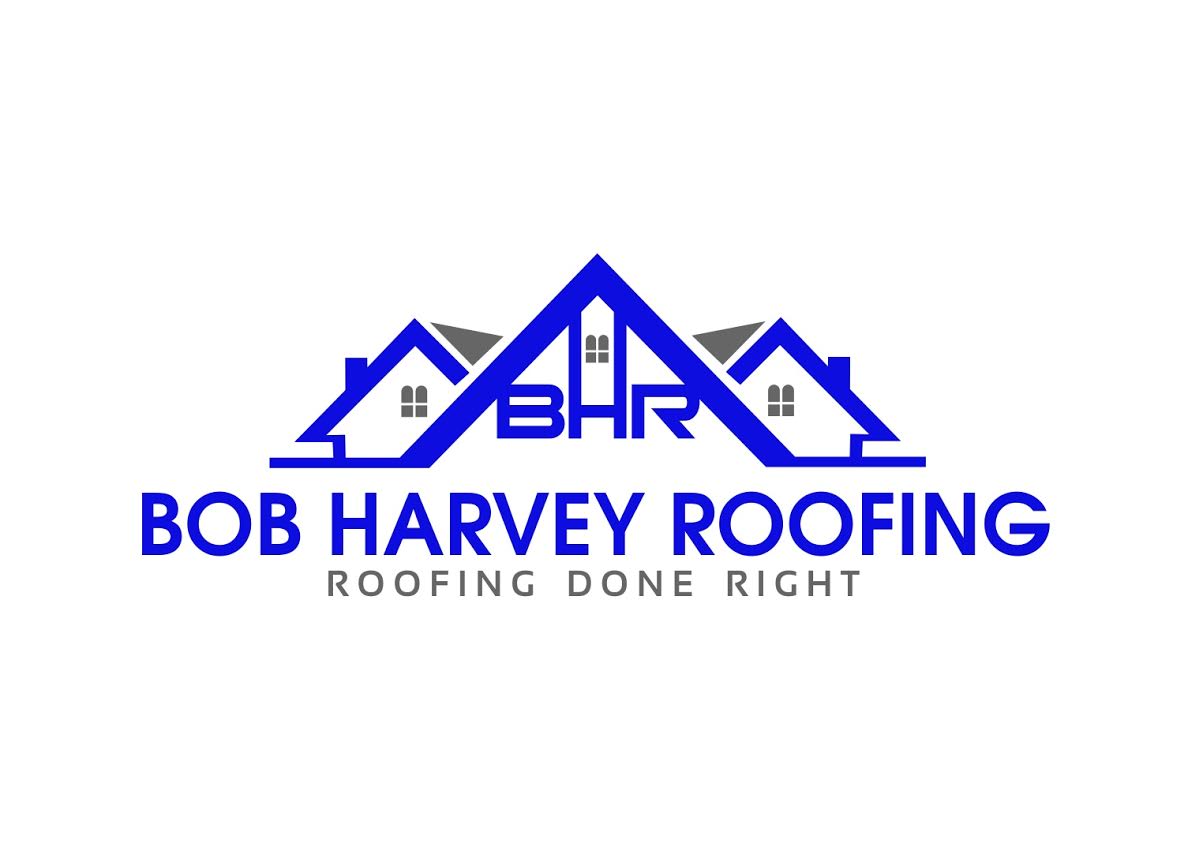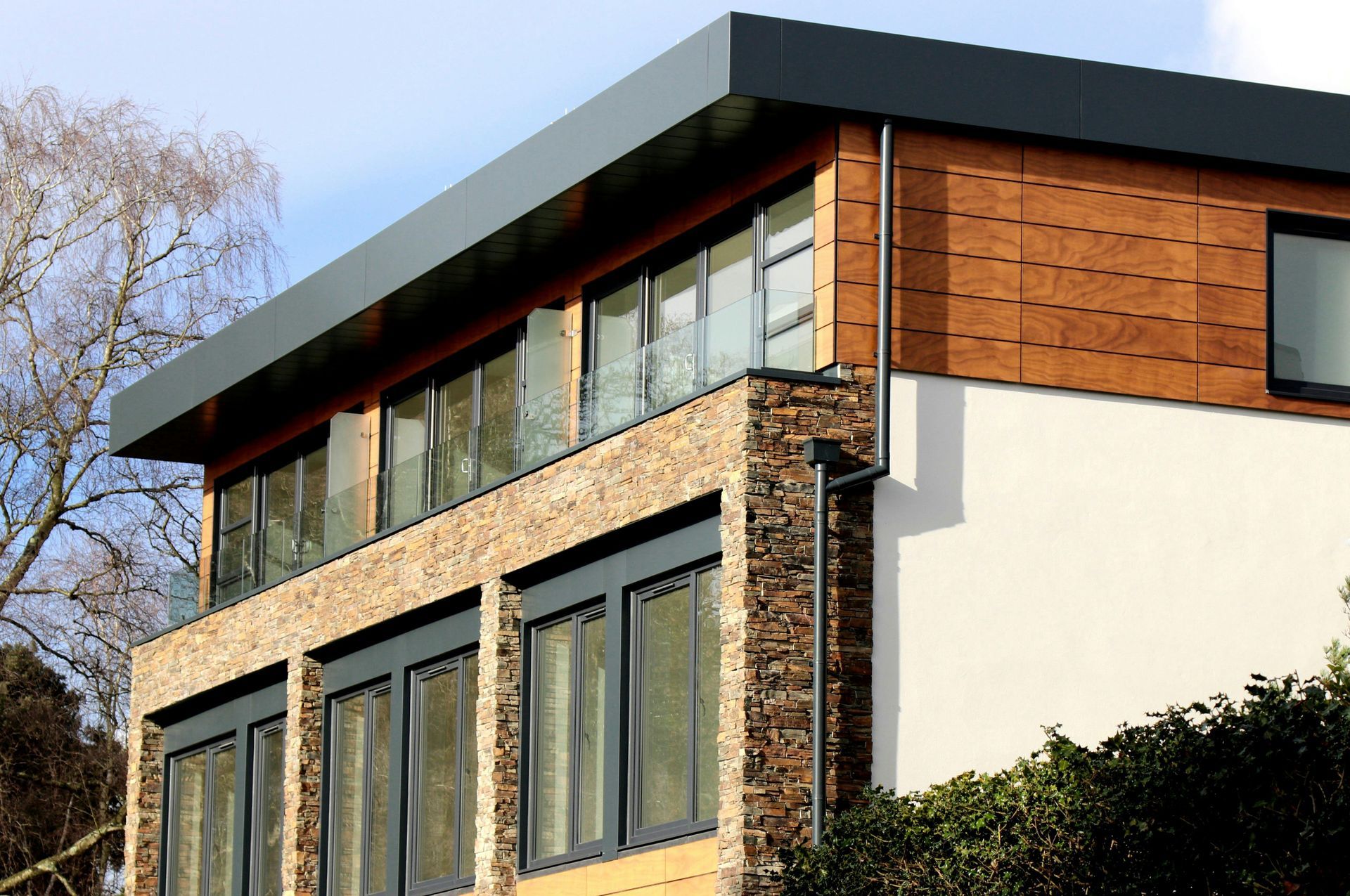By Michael Naylor
•
September 8, 2025
When a storm blows through Utah, homeowners often wonder what comes next if shingles are missing or water starts dripping from the ceiling. Filing Utah roof insurance claims can feel overwhelming, especially if you’ve never gone through the process before. Between policy fine print, adjuster inspections, and tight filing deadlines, it’s easy to make mistakes that delay or even deny your payout. This guide is designed to give Utah homeowners clear, practical advice on navigating roof insurance claims from start to finish. We’ll cover what your policy typically includes—and what it doesn’t—along with the difference between replacement cost and actual cash value. You’ll learn the right steps to take immediately after roof damage, common mistakes that can cost you money, and proven strategies to maximize your claim. We’ll also dive into Utah-specific challenges like snow loads, hailstorms, and high-wind events that frequently trigger claims. By the end, you’ll know exactly how to document damage, work with adjusters, avoid common pitfalls, and protect your home with confidence. Quick Takeaways Utah roof insurance claims cover sudden damage from hail, windstorms, falling debris, and heavy snow—but not normal wear and tear or poor maintenance. Know your payout type: Replacement Cost Value (RCV) pays for today’s roof prices, while Actual Cash Value (ACV) deducts for depreciation, often cutting payouts in half. Act fast after damage. Document with photos and receipts, make temporary repairs, and file your claim within Utah’s required deadlines to avoid denial. Have your contractor meet the adjuster. A local roofing expert can point out damage an insurance adjuster might miss and help you negotiate a fair settlement. Avoid common mistakes like filing too late, hiring storm-chasing contractors, or completing permanent repairs before inspection. Ordinance & Law coverage matters in Utah. Code-required upgrades—such as ice and water shield or higher wind-rated shingles—can add thousands to repair costs if not covered. Be proactive. Keep a maintenance log, schedule seasonal inspections, and request a policy review from your insurer before storm season. Understanding Roof Insurance in Utah If you’ve ever read your homeowner’s insurance policy, you know the language can be confusing. But when it comes to Utah roof insurance claims , understanding the basics is the first step to protecting your home. Policies are written differently by each insurer, yet there are a few key elements every homeowner should be aware of before filing a claim. What Does Homeowners Insurance Cover? Most policies cover sudden and accidental roof damage caused by events like hail, high winds, falling tree branches, or heavy snow loads. For Utah residents, those perils are very real. A 2020 windstorm along the Wasatch Front produced gusts over 100 mph, leading to thousands of roof damage claims in Davis and Weber counties. Hailstorms are another common culprit—particularly in northern Utah—where granule loss on shingles can compromise water resistance. What’s Not Covered? What many homeowners don’t realize is that gradual wear and tear, poor maintenance, or roofs that have simply aged out are typically not covered . If your roof is already 20 years old and shingles are curling, your insurer may deny a claim even after a storm because they’ll argue the roof’s condition was already compromised. This is why regular maintenance records and inspection reports are so important—something many Utah families overlook. RCV vs ACV Explained Another critical piece is how your payout is calculated: Replacement Cost Value (RCV) vs. Actual Cash Value (ACV) . Under RCV, the insurer pays what it costs to replace your roof with today’s materials and labor, minus your deductible. Under ACV, they deduct for depreciation. For example, if a new roof costs $15,000 but your shingles are halfway through their 20-year lifespan, ACV might only cover $7,500 after depreciation. Ordinance & Law Coverage in Utah One overlooked coverage that’s especially important in Utah is Ordinance or Law coverage . Local codes often require upgrades when you replace a roof—such as ice and water shield membranes or higher wind-resistance shingles. Without this endorsement, you could be responsible for thousands of dollars in code-required improvements. At Bob Harvey Roofing, we’ve seen multiple claims where homeowners were shocked to learn their policy didn’t include this protection. You Should Know: One strategy many Utah homeowners don’t use—but should—is asking their insurer for a “policy review consultation” before storm season. Insurance companies are required to provide clarity on your coverage if you request it in writing. Doing this in advance can help you identify gaps like ACV clauses or missing ordinance coverage, saving you headaches when a claim arises. What to Do Immediately After Roof Damage When disaster strikes, the minutes and hours that follow can make or break your insurance claim. Acting quickly, but smartly, is the best way to protect your home and set yourself up for a successful payout. Safety First Never climb on a damaged roof yourself, especially after a storm. Downed power lines, loose shingles, or hidden structural damage can put you at risk. Stay safe, and only assess from the ground if conditions are stable. Document the Damage Insurers often deny Utah roof insurance claims due to lack of evidence. Take dozens of photos from multiple angles, and don’t forget the inside of your home if water has seeped in. Capture close-ups of missing shingles, dents from hail, and any damage to gutters or flashing. Videos can also be useful. If you’re unsure, Bob Harvey Roofing can perform a professional inspection to ensure nothing is missed ( bobharveyroofing.com ). Make Temporary Repairs Utah law requires homeowners to prevent further damage after a covered event ( insurance.utah.gov ). This means tarping a roof or patching a leak is fine—but avoid permanent repairs until after the adjuster’s visit. Save all receipts; insurers typically reimburse reasonable emergency costs. Notify Your Insurance Company Promptly Most Utah insurers require claims to be filed within 12 months of damage, but waiting can raise red flags. Filing within days is best, and it ensures you’re prioritized before adjusters get overwhelmed, which often happens after Wasatch Front hailstorms or Davis County wind events. You Should Know: Many homeowners forget to keep a written timeline of what they did after the storm—calls made, receipts saved, repairs scheduled. This simple log often strengthens claims, especially if insurers push back on whether you acted responsibly. Filing a Roof Insurance Claim in Utah Filing a claim can feel like learning a new language. Here’s how the process typically unfolds: Step 1: Inspect the Roof Start with a licensed roofer who understands Utah weather damage. They can provide a written inspection report that supports your claim. Step 2: Contact Your Insurer Report the damage as soon as possible. Under Utah law, insurers must acknowledge claims within 15 days and provide claim forms promptly ( uphelp.org ). Step 3: File the Official Claim Include your inspection report, photos, videos, and receipts for temporary repairs. Step 4: Adjuster Inspection The adjuster will visit your home to assess damage. Having your contractor present ensures issues like hail bruising or hidden leaks aren’t overlooked. Step 5: Settlement Offer The insurer will propose a payout, based on either RCV or ACV. Review carefully, and don’t be afraid to push back if it feels low. Step 6: Roof Repair or Replacement Once agreed, you can schedule work with your chosen contractor. Always confirm whether payment goes directly to you or the roofer. You Should Know: Utah Admin. Code R590-190-13 requires insurers to provide matching shingles in color and texture under replacement cost policies ( law.cornell.edu ). If they try to patch with mismatched shingles, you may have legal grounds to dispute it. Working with Adjusters and Contractors One of the most important decisions you’ll make during the claims process is who represents your interests. The Role of the Adjuster Adjusters work for the insurance company, not the homeowner. Their job is to evaluate damage and control costs. That doesn’t mean they’re out to cheat you, but remember where their loyalty lies. Should Your Roofer Meet the Adjuster? Yes. A contractor experienced in Utah roof insurance claims knows what hail bruises, wind uplift, and snow load cracks look like. Having them present ensures damage isn’t downplayed. Getting Multiple Estimates While insurers sometimes require two or three estimates, be wary of bids that seem too low. A “lowball” settlement may look tempting, but it rarely covers full repair costs. Warning: Many Utah homeowners don’t realize that storm chasers—out-of-state roofers who flood neighborhoods after major hailstorms—often submit unrealistically low bids just to land jobs. Insurers then use these numbers to justify smaller payouts. Sticking with licensed, local contractors protects you twice: first from shoddy work, and second from undervalued claims. Common Mistakes Homeowners Make Even well-intentioned homeowners make errors that hurt their claims. Filing Too Late: Waiting months after a storm raises red flags. Utah insurers may argue damage was preexisting. Poor Documentation: Without clear photos and receipts, it’s your word against the insurer’s. Hiring Storm Chasers: These contractors often cut corners and disappear after being paid. Making Permanent Repairs Before Inspection: This can erase evidence the adjuster needs to see. Warning: A common mistake in Utah is assuming small hail dents don’t matter. In reality, granule loss from hail accelerates shingle aging, leading to leaks years later. Document even minor damage—it may justify replacement. How to Maximize Your Utah Roof Insurance Claim Strategies for Strong Claims Keep a roof maintenance log with inspection dates, contractor reports, and repair receipts. Submit comprehensive damage documentation, including before-and-after photos. File quickly to meet statutory deadlines. Handling Denials or Low Settlements Request a reinspection if damage was missed. Consider hiring a public adjuster vs insurance adjuster in Utah if disputes persist. File a complaint with the Utah Insurance Department if you suspect unfair practices ( insurance.utah.gov ). Warning: Some insurers in Utah quietly add cosmetic damage exclusions to policies, meaning they won’t pay for shingle dents if no leaks are present. Homeowners often overlook this clause until it’s too late. Review your policy carefully and ask about cosmetic exclusions before storm season. Utah Weather Risks That Trigger Claims Utah’s climate creates unique roof hazards. Hailstorms Along the Wasatch Front Granule loss, punctures, and bruised shingles are common. After the 2021 Salt Lake hailstorm, insurers saw hundreds of claims in just days. High Winds in Davis & Weber Counties The 2020 windstorm toppled hundreds of trees and ripped shingles across entire neighborhoods. Claims spiked, overwhelming adjusters. Snow Loads & Ice Dams in Northern Utah Heavy snow and freeze-thaw cycles create ice dams, forcing water under shingles. Insurers may deny claims if poor attic insulation contributed, so preventive maintenance matters. Unique insight: Many Utah homeowners don’t realize temperature swings (warm days, freezing nights) cause expansion and contraction that slowly damages shingles. This cumulative stress often shows up during adjuster inspections. Preventing Future Claim Headaches Seasonal Roof Inspections Schedule pre-winter and post-winter checks. Professional inspections often catch problems before they escalate ( bobharveyroofing.com ). Keeping a Paper Trail Keep a digital folder of photos, invoices, and inspection reports. This builds a history that supports future claims. Upgrading Materials Class 4 impact-resistant shingles and ice-and-water shield membranes reduce risk and sometimes earn insurance discounts. Unique insight: Insurers increasingly use aerial imagery (drones, satellites) to track roof condition. If your home shows neglect from above, it can hurt your claim. Keeping your roof in good shape isn’t just about leaks—it’s about how insurers perceive your risk. Conclusion Dealing with roof damage is stressful enough—navigating an insurance claim shouldn’t add to the headache. For Utah homeowners, knowing how roof insurance claims really work can make the difference between a fair payout and costly out-of-pocket expenses. The key takeaways are simple: understand your policy before you need it, act quickly after a storm, document everything thoroughly, and avoid common pitfalls like waiting too long or hiring unlicensed contractors. Utah’s unique weather—hail, heavy snow, and powerful windstorms—creates risks that many insurance adjusters from outside the state don’t fully appreciate. That’s why having a local expert on your side matters. Whether it’s explaining the difference between replacement cost value (RCV) and actual cash value (ACV) , pointing out storm damage during an adjuster visit, or ensuring your roof meets current code requirements, the right contractor can protect both your home and your wallet. At the end of the day, your roof is your first defense against Utah’s unpredictable climate. By taking proactive steps—like scheduling seasonal inspections, keeping a maintenance log, and reviewing your policy—you’ll be better prepared when the next storm hits. If you suspect damage or simply want peace of mind before filing a claim, reach out to Bob Harvey Roofing . Our team understands the ins and outs of Utah roof insurance claims and can help guide you through the process from inspection to final repair. Don’t wait until small damage becomes a big problem— schedule your roof inspection today. Frequently Asked Questions About Utah Roof Insurance Claims 1. How long do I have to file a roof insurance claim in Utah? Most insurers require you to file a claim within one year of the damage, but deadlines vary by policy. It’s always best to file a Utah roof insurance claim as soon as possible after the storm to avoid disputes. 2. Will filing a roof insurance claim increase my premiums? In Utah, premiums may rise if you have multiple claims within a short period. A single roof damage claim after a hailstorm usually won’t raise rates, but your insurer could reassess risk at renewal. 3. Can I choose my own contractor for roof repairs? Yes. Utah homeowners have the right to select a licensed roofer of their choice. Many insurers recommend preferred contractors, but you are not obligated to use them. Choosing a local expert in Utah roof insurance claims often leads to better results. 4. What if my roof is over 20 years old? Older roofs may only qualify for actual cash value coverage , meaning your payout will be reduced for depreciation. Check your policy for roof age limits before filing. 5. Does homeowners insurance cover ice dam damage in Utah? Yes, if the ice dam causes sudden interior water damage. However, insurers may deny claims if poor insulation or lack of maintenance contributed to the problem. 6. What should I do if my roof insurance claim is denied? First, request a written explanation. You can ask for a reinspection, hire a public adjuster, or escalate the case to the Utah Insurance Department if you believe the denial was unfair. 7. How do I prepare for the adjuster’s visit? Have your roofing contractor present during the inspection . Provide photos, receipts for temporary repairs, and a list of visible issues like missing shingles or leaks. 8. Are code upgrades covered by insurance in Utah? Only if you have Ordinance or Law coverage . Without it, you may have to pay out-of-pocket for upgrades like ice-and-water shield membranes or higher wind-rated shingles required by Utah building code. References Utah Insurance Department. Home Claims Information. insurance.utah.gov Utah Admin. Code R590-190-13. Standards for Prompt, Fair, and Equitable Settlement for Policies with Replacement Cost Coverage. law.cornell.edu Utah Insurance Department. Unfair Claims Settlement Practices. insurance.utah.gov Farmers Insurance. Utah Homeowners Insurance Coverage. farmers.com UPhelp. Insurance Consumer Rights in the State of Utah — 2022. uphelp.org Bob Harvey Roofing. Why Should You Have a Professional Roof Inspection to Assess Heavy Storm Damage. bobharveyroofing.com Bob Harvey Roofing. *Roof Inspections in Utah: What You Need to Know*. bobharveyroofing.com Bob Harvey Roofing. Why Roofs in Roy, Utah Fail Faster (and What to Do About It). bobharveyroofing.com
